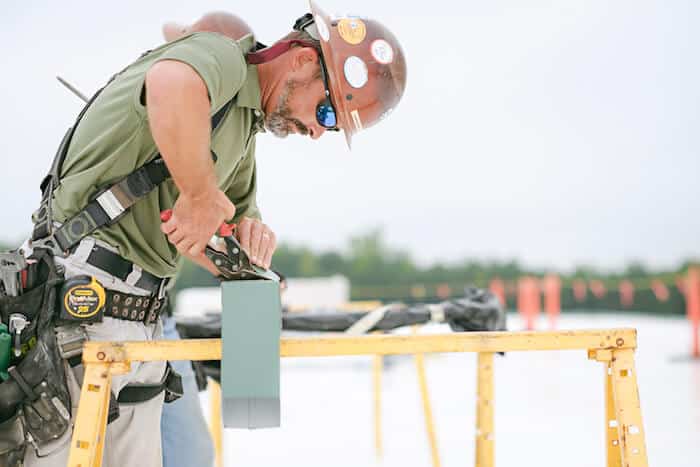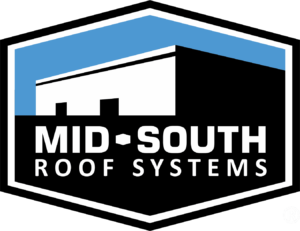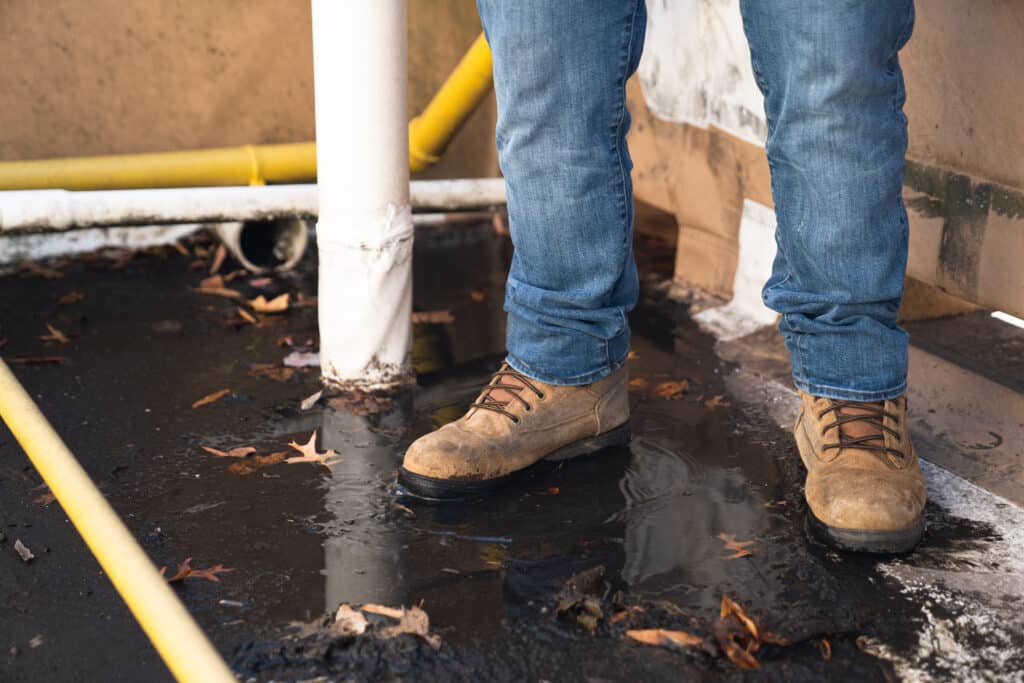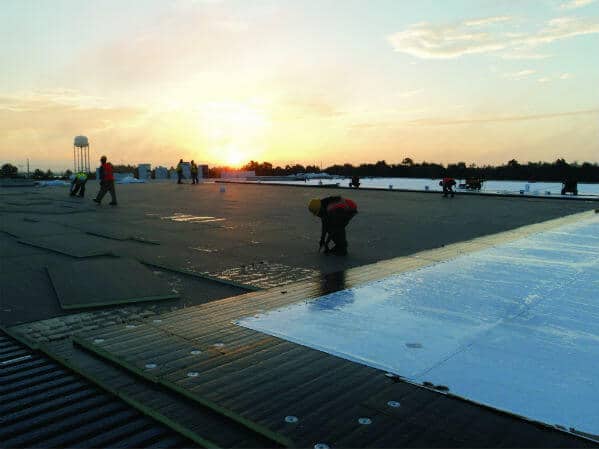The 411 on ES-1


ES-1 is a pass/fail test, administered by the American National Standards Institute (ANSI), that challenges the integrity of different metals under the simulated stress of high winds and storms. It was put into place to achieve uniformity in edge-metal quality after Hurricane Hugo in 1989 and today it sets the wind design standard for edge systems used in low slope roofing systems.
Who’s Certified?
Most roofers don’t have direct ES-1 certification. Getting it is expensive and it requires effort. Instead, they achieve ES-1 through the manufacturers that supply them with their materials. This can mean trouble for general contractors trying to keep their projects on schedule.
Why? If the roofer isn’t certified, the general contractor has to buy from an ES-1 certified manufacturer for each of their products. When the roofing subcontractor is ES-1 certified, on the other hand, they have wider latitude with the manufacturers they can work with, and their jobs move along faster at a lower cost.
Who Needs It?
ES-1 certification is universally required by the International Code Council and has been adopted by every US state. Sadly, it is lackadaisically enforced. All too often, building owners and inspectors only realize the edge metal wasn’t certified when a storm blows trim off of a building. Once the perimeter of the roof is compromised, it quite often fails in more drastic ways under the destructive power of a storm.
So what does working with an ES-1 certified roofer mean for your project? Treat it as a statement from the roofer that they are so confident in their metal and their work that they voluntarily paid to have it independently tested.
LIKE WHAT YOU JUST READ?
Sign up for our newsletter to get fresh articles, updates and more!
Signs of Winter Roof Damage on a Commercial Flat Roof
Winter weather can be tough on a commercial flat roof. Heavy snowfall, ice buildup, and extreme temperatures can all lead to roof damage. Snow accumulation could cause roof damage and leaks. Ice infiltration into seams and flashing will cause failure over time. If you see ice forming on your roof, the use of deicing cables…
Here Comes the Sun: UV Light, Thickness, and Your Roof’s Lifespan
The lifespan of a building’s roof is determined largely by two factors—its thickness and its exposure to sunlight. Size Matters Single-ply roofs are mainly offered in three levels of thickness: 45 mils, 60 mils, and 80-90 mils. As a general rule, the thicker the roof, the longer it will last. This is true regardless of…


